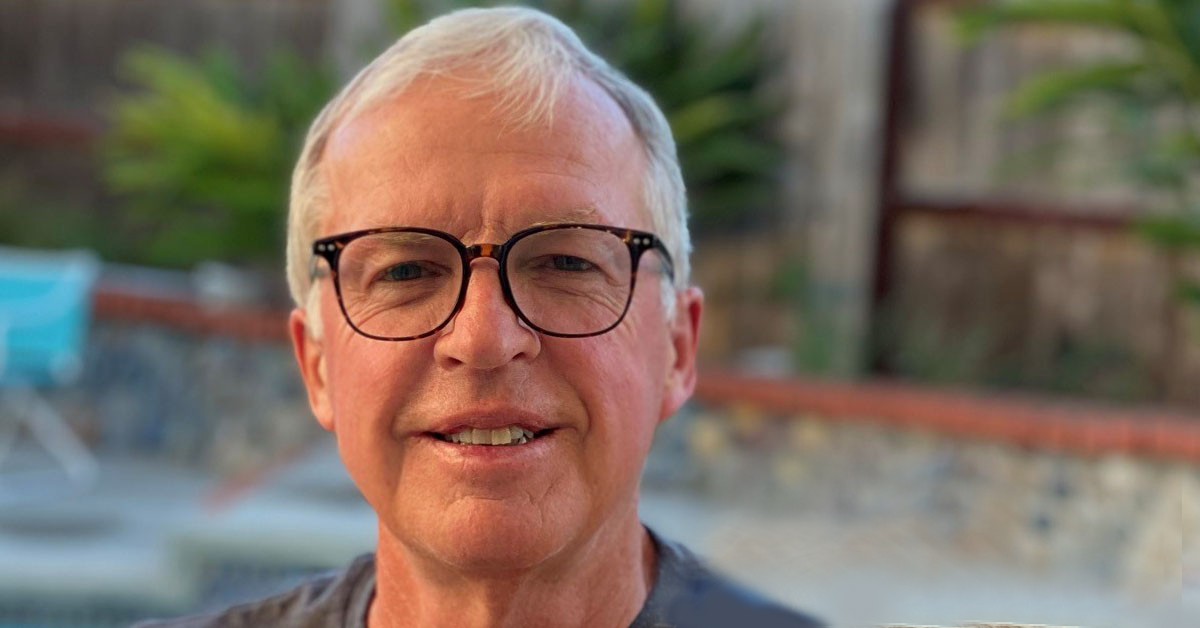
Michael Luebke went a long time between injuring his left thumb and seeking care from Dr. Brian J. Klika, a hand surgeon with Orthopedics & Sports Medicine BayCare Clinic.
“I had injured that thumb a few years before,” says Luebke, who is in his early 70s. “I was carrying a big piece of plywood, and the wind blew and pushed the thumb backward, and it popped right back right away. It was sore for a couple of days, but it never required any doctor visit or anything like that.”
When thumb pain flared up, Luebke’s general practitioner referred him to Klika.
“Before I went to him, I had checked him out with several other people that had ... other procedures done with him. So, everyone I talked to gave me positive endorsements of him,” Luebke says.
Klika started with a conservative approach to treating Luebke’s thumb pain.
Finding that Luebke’s lower thumb joint was arthritic, Klika injected a steroid into the joint, temporarily relieving the pain for several months.
Over time, the steroid injection treatments became less effective.
“The last time he did it, he forewarned me, and in fact, he did every time that at some point those injections would no longer be effective,” says Luebke, who lives in Pound, Wisconsin. “So, he did the injections, and the very last time he did it, it really had no effect at all.”
A few weeks later, Luebke went in for surgery. Klika performed a left trapezium excision with Arthrex TightRope suspensionplasty.
In this procedure, the surgeon removes part of the trapezius bone in the hand and cushions or suspends the thumb joint to eliminate irritation. Anchors are placed to stabilize the thumb.
This procedure is most often done as outpatient surgery, which typically takes between 45 minutes and 60 minutes to complete.
About three to six months after surgery, patients usually notice a significant amount of improvement. It may take up to a year for a complete recovery.
“It was relatively a painless process. The thumb was fairly sore for the next few days as it was healing, although I had medication that alleviated that,” Luebke says. “And the pain associated with certain movements got less and less. To the point now where the thumb is far better than prior to the surgery, and it’s almost fully back to normal use at this point in time.”
Today, Luebke is back to living an active rural lifestyle.
“I really like Dr. Klika very well,” he says. “He takes a conservative approach first to see if there are ways of doing the treatment without surgery, but when the surgery is necessary, he’s certainly an excellent surgeon. He explains what he is going to do and what to expect … and gets excellent results. I have recommended him to several other people.”